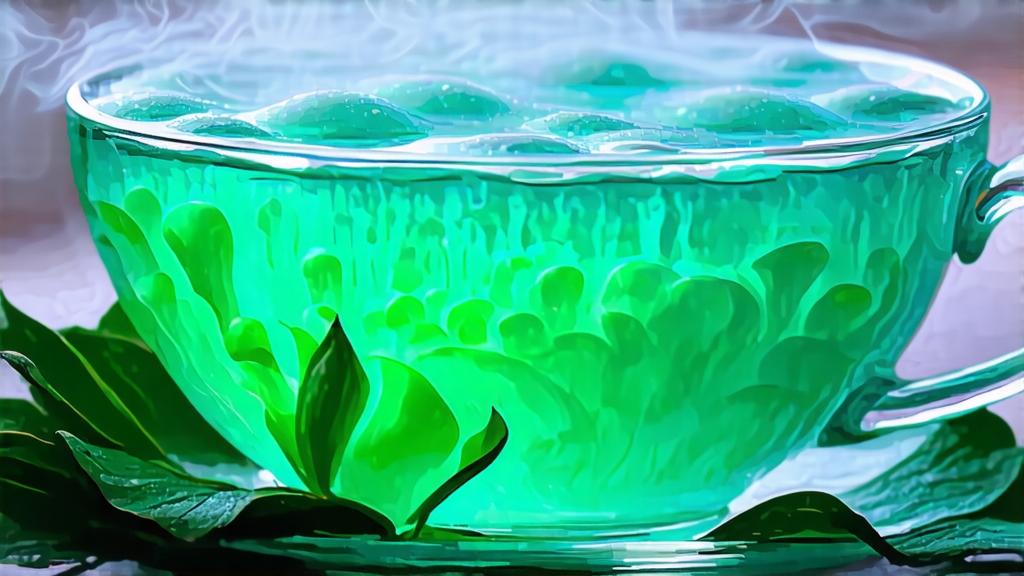
Biluochun, whose name translates literally to “Green Snail Spring,” is one of China’s ten most celebrated teas, yet it remains a quiet treasure beyond the country’s borders. Grown in the mist-laced hills that rim eastern Taihu Lake in Jiangsu Province, this tea is prized for the tight spiral each leaf forms, a shape that reminds local farmers of a tiny jade snail. Beyond its charming appearance, Biluochun carries centuries of lore, imperial favor, and a flavor so delicate that Chinese connoisseurs liken it to “a whisper from spring itself.”
Historical records first mention the tea during the late Tang dynasty (ninth century), but its modern reputation was sealed in the Qing era. Legend claims that the Kangxi Emperor, while touring the region, was handed a cup of an unnamed local tea whose fragrance drifted ahead of the leaves themselves. Enchanted, he christened it Biluochun and elevated it to tribute status. From that moment, every spring harvest was rushed to Beijing by imperial courier, wrapped in silk and packed in bamboo to preserve its elusive aroma.
Although the tea is produced across a widening radius today, purists recognize only the tiny core zone of Dongting Mountain, an island in Taihu Lake, as the true birthplace. Here, the lake’s vast surface stores daytime heat and releases nighttime mist, blanketing tea gardens in a humid cocoon that slows leaf growth and concentrates amino acids. The bushes themselves are not grown in orderly hedges but interplanted with fruit trees—peach, plum, and apricot—whose blossoms add a subtle floral note to the raw leaf. When the spring sun grows warm enough to coax the first bud-and-leaf sets from the branches, usually around the Grain Rain period in late April, pickers climb the terraced slopes before dawn, plucking only the smallest, down-covered shoots.
Crafting Biluochun is a race against time and oxidation. Within minutes of picking, the leaves are spread in shallow bamboo trays and cooled in shaded corridors. The critical step is hand-firing in a wok heated to precisely 180 °C. A master maker tosses a handful of leaves against the scorching iron, then presses, rubs, and rolls them in a single fluid motion that lasts no more than three minutes. The heat deactivates enzymes, fixes the green color, and, most importantly, forces each leaf to curl inward. When the leaves emerge, they are the size of a fingernail, covered in fine white hairs, and exude a scent that blends white magnolia with fresh baby corn.
Unlike many Chinese greens that favor water just below boiling, Biluochun prefers a gentler approach. The ideal temperature is 75 °C; hotter water shocks the tender spirals, releasing bitterness and flattening the bouquet. A tall, thin glass is the traditional vessel, allowing the observer to watch the “tea dance.” Three grams—about a level teaspoon—are dropped onto the bottom, then 150 milliliters of water are poured slowly down the inner wall to minimize agitation. Within thirty seconds, the curls begin to unfurl, releasing microscopic bubbles of trapped air that rise like pearls. The liquor turns the palest chartreuse, almost transparent, yet the aroma is surprisingly assertive: a bright top note of asparagus and white peach, followed by a creamy undertone reminiscent of steamed rice.
The first infusion should steep no longer than forty-five seconds; subsequent infusions can extend by fifteen-second increments. High-grade Biluochun yields five clean brews before its fragrance fades, each revealing a subtle shift: the second cup gains a nutty sweetness, the third a faint marine salinity, echoing Taihu’s nearby waters.
To evaluate quality, connoisseurs employ three senses simultaneously. Sight: dry leaves should be uniform jade with abundant silvery tips; any dull olive or brown tinge signals over-firing. Smell: place a warm empty cup over the wet leaves for ten seconds, then lift and inhale; the captured aroma should feel cool and expansive, like breathing after rain. Taste: roll a small sip across the tongue while drawing air through slightly parted lips; the best grades leave a lingering sweetness at the back of the throat, a sensation the Chinese call huigan, literally “returning sweetness.”
Storage is critical. Because Biluochun is unusually low in polyphenols, it oxidizes faster than sturdier greens such as Longjing. The traditional method wraps the tea in tissue, slips it into a fired-clay jar, and buries the jar in